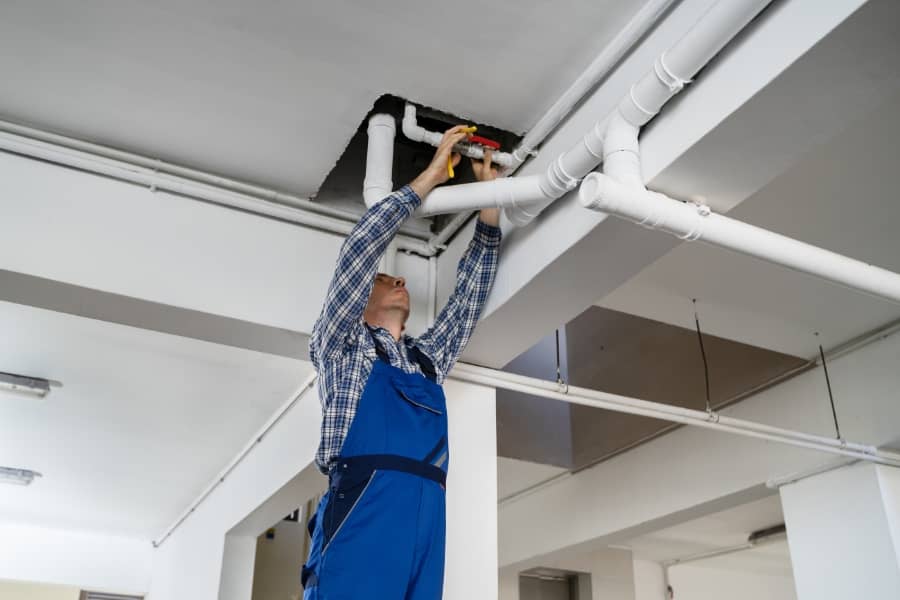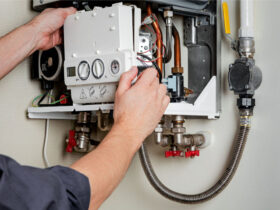Floods can cause significant damage to homes, leaving homeowners overwhelmed and unsure of where to start with repairs. It’s imperative to take swift action in order to prevent additional damage and return your house to its pre-flood state. Here are the essential dos and don’ts for homeowners repair flood damage.
Dos
-
Prioritize Safety First
Make sure it’s safe to enter your home before doing any repairs. Floodwaters can carry various hazards, including electrical risks, contaminants, and structural damage. Turn off the electricity at the main breaker, even if the power is out, to prevent electrocution. Put on boots, gloves, and protective clothes to keep yourself safe from chemicals in the water.
-
Document The Damage
Before you begin cleaning up, make sure you capture the damage in sharp pictures and videos. Insurance claims will require this documentation. Keep track of the damaged objects and the receipts for any purchases you made in order to pay for the repairs. Contact your insurance company as soon as you can to report the damage and begin the claims process.
-
Remove Standing Water
Use pumps, wet-dry vacuums, and buckets to remove standing water from your home. The quicker you can get rid of the water, the less damage it will cause. If the flooding is severe, you may need to hire a professional water removal service.
-
Dry Out Affected Areas
After removing the standing water, thoroughly dry out the affected areas to prevent mold growth. Use fans, dehumidifiers, and open windows to increase ventilation. It may take several days to completely dry out your home. Be patient and ensure that all moisture is gone before proceeding with repairs.
-
Clean And Disinfect
Floodwaters often contain harmful bacteria and contaminants. After using soap and water to clean every surface, disinfect using a mixture of one cup of bleach and one gallon of water. Pay extra attention to areas that were submerged or came into contact with floodwaters.
-
Remove And Replace Damaged Materials
Certain materials, such as drywall, insulation, and carpeting, may need to be removed and replaced if they were soaked through. Mold may spread in as little as 24 to 48 hours, so you should act right away. Cut out the drywall at least 12 inches above the water line to ensure all moisture is removed.
-
Inspect For Structural Damage
Your home’s structural stability may be compromised by flooding. Check for any indications of damage or shifting in the floors, walls, and foundation. If you notice any major issues, contact a structural engineer to assess and repair the damage.
-
Hire Professionals When Needed
While many homeowners can handle minor repairs, some tasks require professional expertise. Hire a qualified expert if you see substantial mold development, electrical problems, or serious structural damage to guarantee the repairs are completed securely and correctly.
Don’ts
-
Don’t Delay The Cleanup
Time is of the essence when dealing with flood damage. The longer you wait to start the cleanup process, the more damage your home will sustain. In just one or two days, mold and mildew can start to grow and cause more harm to your property as well as health problems.
-
Don’t Use Electrical Appliances In Wet Areas
Never use electrical appliances or outlets that have come into contact with water. Even if the area appears dry, there could still be moisture present that can lead to electrical shocks or fires. Before using any appliances, get your electrical system inspected by a licensed electrician.
-
Don’t Ignore Mold Growth
Mold can spread swiftly and present major health dangers. Take prompt action to eradicate any mold that you see, including visible spores or a musty smell. Small areas of mold can be cleaned with bleach, but larger infestations may require professional remediation.
-
Don’t Overlook Hidden Damage
Floodwater can seep into hidden areas, causing damage that may not be immediately visible. Check behind walls, under floors, and inside cabinets for signs of water damage. To find hidden moisture and take quick action on any problems, use moisture meters.
-
Don’t Dispose Of Damaged Items Prematurely
While it’s important to remove damaged items from your home, don’t dispose of them until you’ve documented everything for your insurance claim. Keep samples of damaged materials, such as pieces of carpet or drywall, to show your insurance adjuster.
-
Don’t Neglect Preventative Measures
After repairing the flood damage, take steps to prevent future flooding. Install sump pumps, improve drainage around your home, and consider using water-resistant building materials. Regularly maintain your plumbing and drainage systems to reduce the risk of future water damage.
Although fixing flood damage might be difficult, you can recover your house and keep your family safe by taking the proper precautions. Homeowners may handle the restoration procedure more skillfully and make sure their houses are safe and secure once more by adhering to these dos and don’ts.





